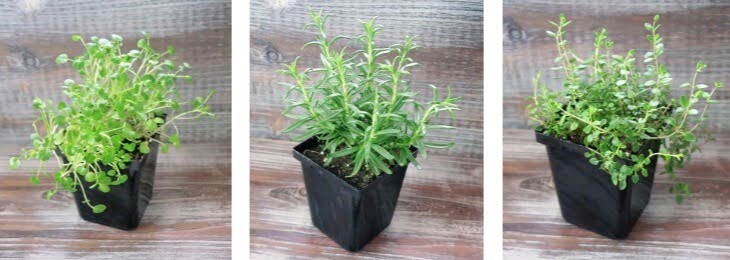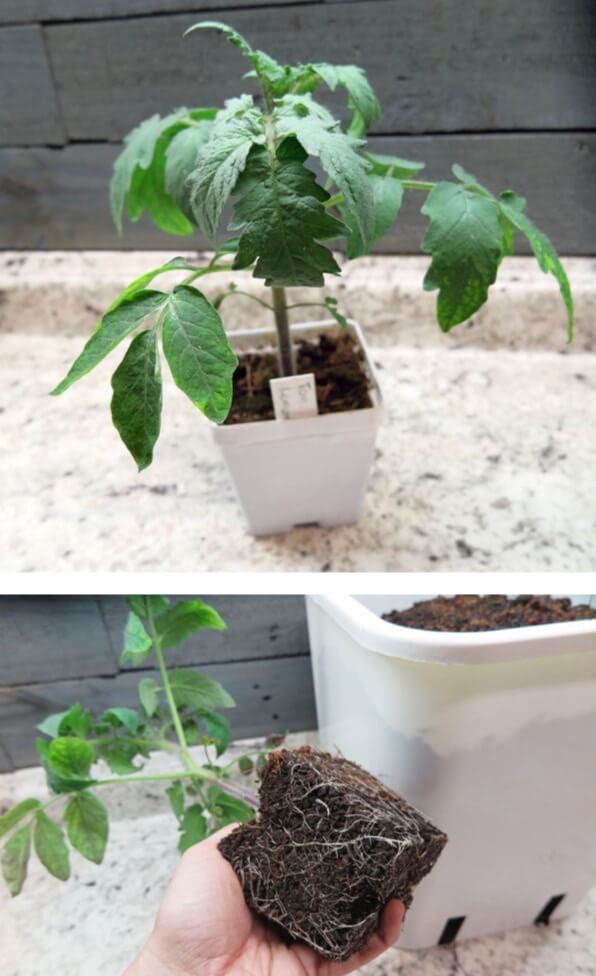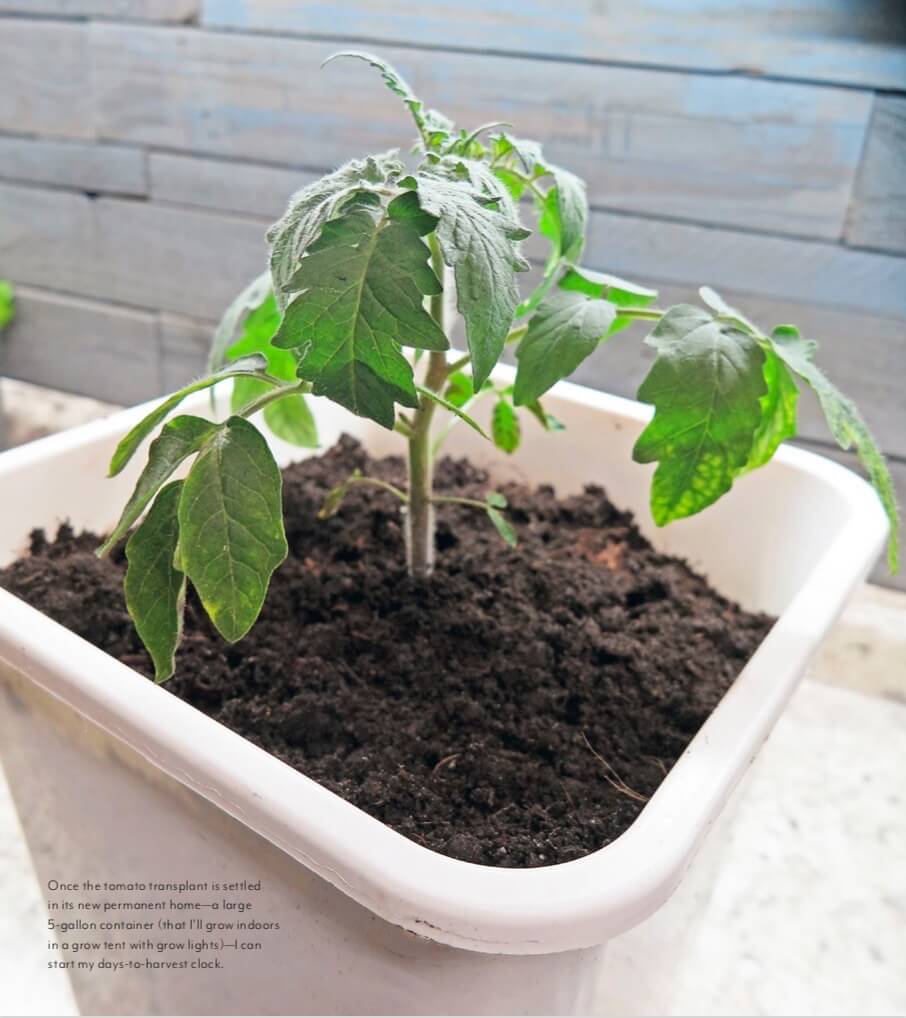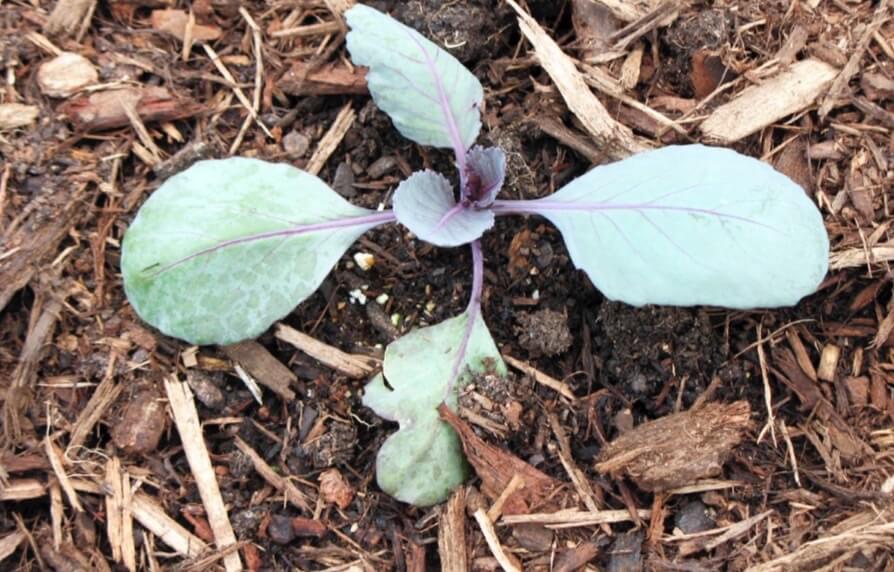Ebook Việt Hoá] Plant parenting: Easy ways to make more houseplants vegetables and flowers - LESLIE F. HALLECK
[Ebook Việt Hoá] Plant parenting – LESLIE F. HALLECK (Nhân giống cây) – GRADUATE TO THE GARDEN (Trồng cây giống ra vườn)
- Nguồn: [Ebook Việt Hoá] Plant parenting: Easy ways to make more houseplants, vegetables, and flowers – LESLIE F. HALLECK (Nhân giống cây: Những cách dễ nhất để nhân giống cây cảnh trong nhà, rau và hoa)
- Biên tập: Dũng Cá Xinh (Tháng 08/20201)
- Dịch: Huyền Nguyễn
English
Once the root system has filled in, reaching the edges and bottom of its new pot and is extensive enough to hold together most of the soil in the pot, your trans- plant is ready to be moved into a larger container—for continued growth indoors or outdoors—or planted into your outdoor garden (if temperatures are appropriate, of course). This can take anywhere from 5 to 10 weeks for seedlings or faster for root cuttings. The type of crop and the growth rate will dictate what size pot to choose. Again, don’t go too big, too fast. Your transplant may require several size upgrades before it is large enough to be planted into its final container or garden location.
If you’re transplanting your seedlings or cuttings to an outdoor garden, or into outdoor patio or balcony containers, realize there is no one-size-fits-all when it comes to the right time to plant different crops outdoors. Gardening is a hyperlocal experience. Be sure to follow recommended outdoor planting dates for your local area. Look up your first and last average frost dates and then keep an eye on weather as the seasons transition. Get to know a little more about your plants and their ideal growing temperature ranges before you make the move. Planting outside too early could mean losing your new plants to cold temperatures. Planting outside too late could mean it’s too hot for your chosen crop.
For example, many gardening experts (in the Northern Hemisphere) will tell you that you should never plant tomatoes out in the garden until late April or May. You’ll find the same information presented online or on the seed packet itself. That timing might work great if you live in a cold climate. However, if you live in a hot climate like I do in Texas, you’re better off planting your tomatoes outdoors in late February or early March to beat the heat and get good fruit set. Tomatoes might be tropical plants, but they don’t set fruit well when temperatures are very hot. That means I must start my tomato seeds in January, so the transplants are big enough to move outside on time. If you live in a colder climate, you might wait until March to start your tomato seeds indoors, for transplanting outdoors in May. If you’re gardening in the Southern Hemisphere, then of course flip your months and seasons. It’s all about your local climate and temperature trends.
As you become more experienced with propagation and your indoor and outdoor growing conditions, you’ll be better able to predict the best planting times for your plants and garden.



start my days-to-harvest clock.

Tiếng Việt
Khi hệ thống rễ đã lấp đầy, vươn tới các cạnh và đáy của chậu mới và đủ rộng để giữ phần lớn đất trong chậu lại với nhau, cây của bạn đã sẵn sàng để được chuyển sang một chậu lớn hơn để tiếp tục phát triển trong nhà hoặc ngoài trời hoặc để trồng vào khu vườn ngoài trời trong điều kiện nhiệt độ thích hợp. Quá trình này có thể mất từ 5 đến 10 tuần đối với cây con hoặc nhanh hơn đối với hom rễ. Loại cây trồng và tốc độ phát triển sẽ quyết định kích thước chậu cây. Tuy nhiên, bạn không nên chọn chậu có kích thước quá lớn hoặc quá nhỏ. Cây cấy ghép có thể có một số tiêu chí về kích thước trước khi đủ lớn để trồng vào thùng chứa hoặc vị trí cuối cùng tại vườn.
Nếu bạn đang trồng cây con hoặc cành giâm vào một khu vườn ngoài trời, hoặc vào các thùng chứa ngoài trời hoặc ban công, không có một kích thước phù hợp nào cho biết thời điểm thích hợp để trồng các loại cây khác nhau ngoài trời. Làm vườn là một trải nghiệm có tính địa phương, do vậy hãy đảm bảo tuân theo mùa vụ trồng cây ngoài trời được khuyến nghị cho khu vực địa phương bạn. Tra cứu ngày sương giá trung bình đầu tiên và cuối cùng ở địa phương bạn và sau đó theo dõi thời tiết khi các mùa chuyển tiếp. Tìm hiểu thêm một chút về các loại cây của bạn và phạm vi nhiệt độ phát triển lý tưởng của chúng trước khi bạn di chuyển cây. Trồng ngoài trời quá sớm có thể khiến cây mới bị sốc do nhiệt độ lạnh. Trồng ngoài trời quá muộn có thể quá nóng đối với cây trồng bạn đã chọn.
Ví dụ, nhiều chuyên gia làm vườn (ở Bắc bán cầu) sẽ nói với bạn rằng bạn đừng bao giờ trồng Cà Chua ngoài vườn cho đến cuối tháng 4 hoặc tháng 5. Bạn sẽ tìm thấy thông tin trên mạng hoặc trên chính gói hạt giống. Thời điểm đó có thể hiệu quả nếu bạn sống ở vùng có khí hậu lạnh. Tuy nhiên, nếu bạn sống trong một khí hậu nóng như ở Texas, bạn nên trồng Cà Chua ngoài trời vào cuối tháng Hai hoặc đầu tháng Ba để tránh cái nóng và đậu trái tốt. Cà Chua là cây nhiệt đới, nhưng chúng không kết trái tốt khi nhiệt độ quá nóng. Điều đó có nghĩa là bạn phải bắt đầu gieo hạt Cà Chua vào tháng Giêng, để các cây cấy đủ lớn để chuyển ra ngoài đúng thời gian. Nếu bạn sống ở nơi có khí hậu lạnh hơn, bạn có thể đợi đến tháng 3 để bắt đầu gieo hạt Cà Chua trong nhà, để trồng cây ngoài trời vào tháng 5. Nếu bạn đang làm vườn ở Nam Bán cầu, thì tất nhiên, hãy thay đổi thời điểm gieo trồng của bạn. Trên đây là tất cả thông tin về xu hướng nhiệt độ và khí hậu địa phương.
Khi bạn có kinh nghiệm hơn trong việc nhân giống và am hiểu về các điều kiện trồng cây trong nhà và ngoài trời, bạn sẽ có thể dự đoán tốt hơn thời điểm trồng tốt nhất cho cây và khu vườn của mình.







